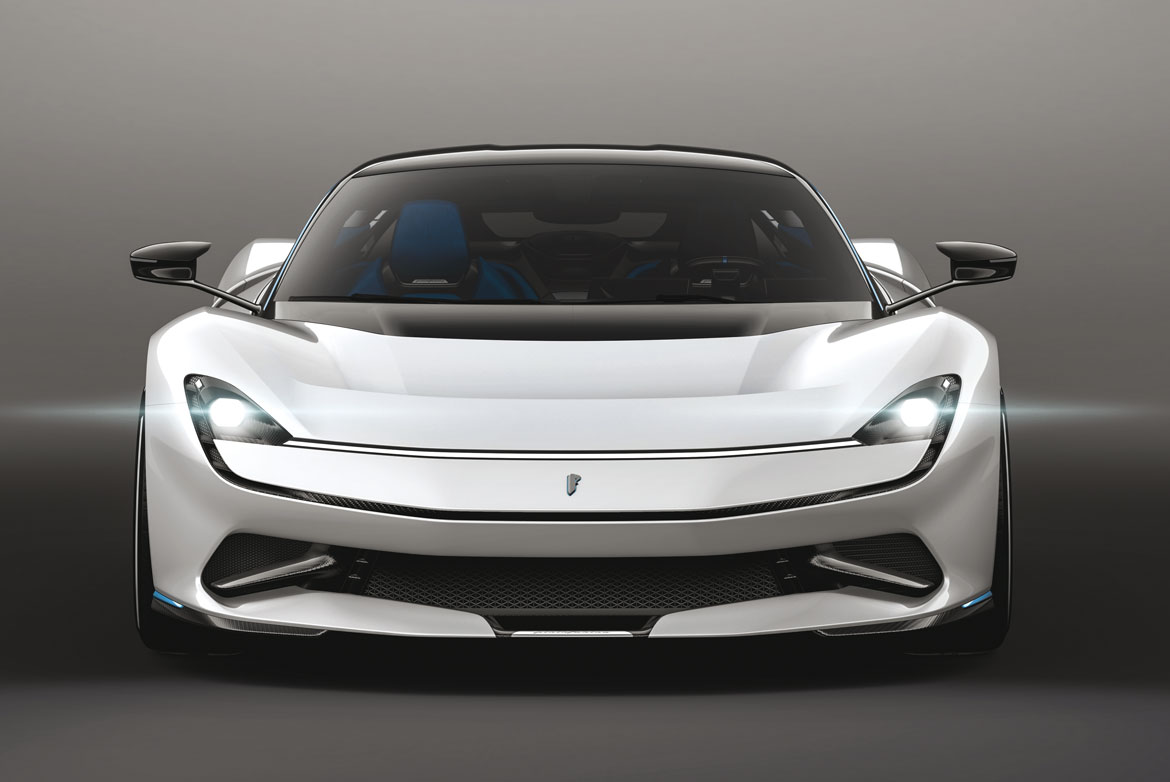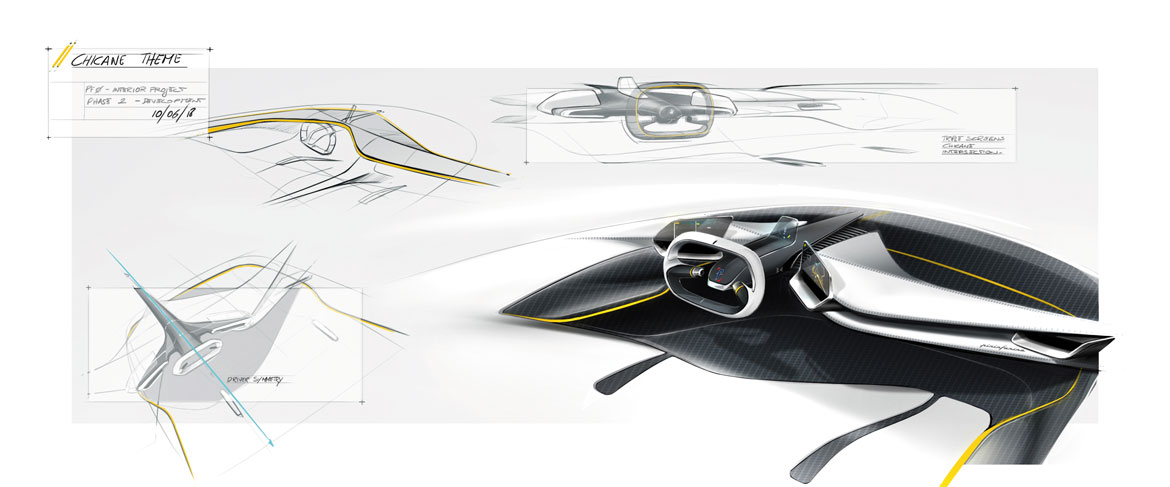If a semiotician or a mere observer of customs were to wonder what matter the dreams of motorists of the last 89 years are made of, he would encounter many and provocative answers between the walls of a small, historical museum in Cambiano (Turin). Here, as the enthusiasts know very well, are the creations of the perhaps most famous and prestigious Italian Coachbuilder, a symphony of shapes and volumes that has made an inestimable contribution to the score of Made in Italy motor excellence.
Carlo Bonzanigo, current Design Director of Pininfarina, is well aware of it and expresses himself with regard to the most recent project: “If in every project there is a coefficient of difficulty linked to having to satisfy the customer’s visual codes, in this case it was necessary not to betray something much deeper, that is the cultural heritage we have put together in almost ninety years. It’s a ‘problem’ which only a reality truly full of history can run into.”
However, it is appropriate to immediately make a necessary clarification: the famous Turin-based company specialised in automotive design represents a legal and operational entity quite separate from Automobili Pininfarina, that is the coupé brand of these pages. “These are two different companies – explains Luca Borgogno, who manages style in AP – because, despite almost the same name, we are based in Germany, we were founded in April 2018 and we will soon organise a range of models under our brand, which will take some formal cues from this car. It means that, technically, for Pininfarina S.p.A. we are a customer, just as happened with brands like Peugeot in the past.”
This complicated search for corporate alchemies did not have a negative effect on the gestation of Battista, already previously initiated in February of last year, and developed very rapidly up to the presentation in Geneva in 2019. Bonzanigo continues: “The design pillars appeared clear from the outset. State-of-the-art technology, breathtaking performance, unparalleled beauty and ‘sustainable luxury’.
This latter principle, which will characterise all AP products in the future, has proved to be the most complex but also most fascinating to communicate. To highlight the electric traction we focused on the idea of ‘gentle power’, expressed through the search for dynamic yet soft surfaces, which slide towards the rear with an almost aquatic lightness, to convey the sensation of a body that moves in a fluid.”
And inside? “We have tried to mix the luxury codes with those of high performance cars – explains Florence Raspail, Head of Colours and Trim. The seats were so enveloping in their shape that it was not necessary to resort to a high-grip technical fabric, while we paid specific attention to seams, to emphasise the craftsmanship. Everything came about in a syncretic manner: when a line was drawn, at the same time we thought of the upholstery that would have made it more attractive, as in the case of the dashboard saddling.”
(Full article in A&D no. 235)
















